J-STORIES 1st anniversary interview series
J-STORIES is a solutions-focused international news service that provides information to journalists, investors and other viewers around the world. It focuses on innovative initiatives by Japanese companies, research institutions and start-ups in various fields. To mark the first anniversary of J-STORIES, we talk to a number of well-known individuals about the potential of such solutions from Japan.
J-STORIES – Renowned architect Kengo Kuma is known for architecture that opens up new connections between nature, technology, and humans. His countless projects include the New Japan National Stadium (one of the venues for the 2020 Tokyo Olympics and Paralympics), Takanawa Gateway Stn., the V&A Dundee design museum in Scotland and St. Malo Maritime History Museum in France. He has ongoing projects in more than 30 countries.
In an interview with J-Stories, Kuma, who has worked on many different projects in Japan and overseas, says that in the post-pandemic era we have entered an “environmental age” in which the global environment and the environments in which we ourselves live are inextricably bound. For that reason, he says, “As ongoing conflicts send the world into a state of decline, Japan has a chance to position itself perfectly."
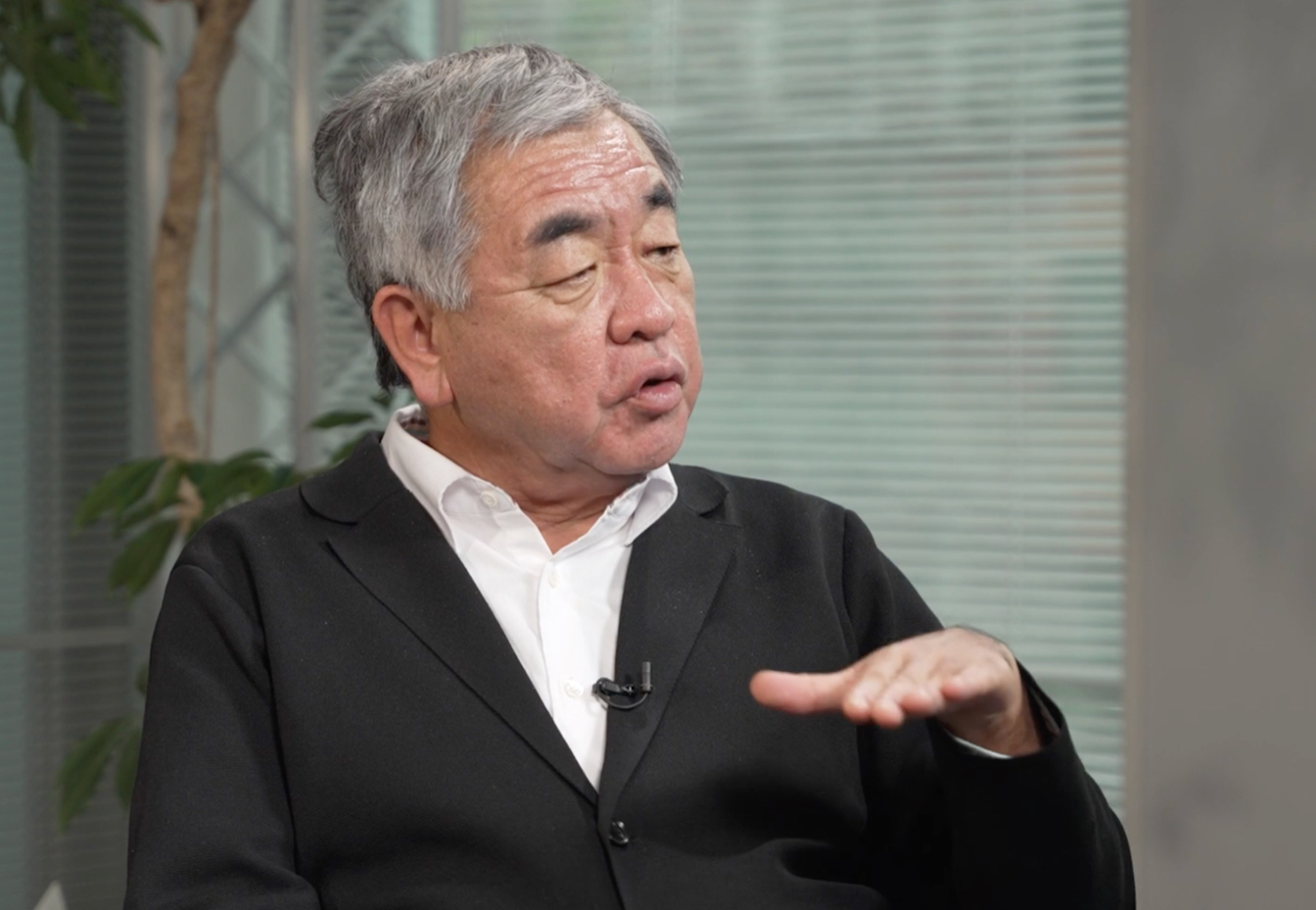
“People abroad see Japan’s culture as a kind of environmental technology,” he explains.
When Kuma himself is invited overseas to take on design commissions, clients often want him to show the environment as it is in Japanese culture, and to express that in architecture. “The world is interested in Japan,” he says. “In that sense, the timing [of the current new ‘environmental age’] is opportune.”
Yet, while the world is very interested in Japan, Japanese companies and research institutions have long been relatively poor at promoting themselves appropriately overseas. When asked about this based on his own experience, Kuma notes that a key concept for communicating Japanese culture is to appeal directly to all the five senses, rather than sight alone.
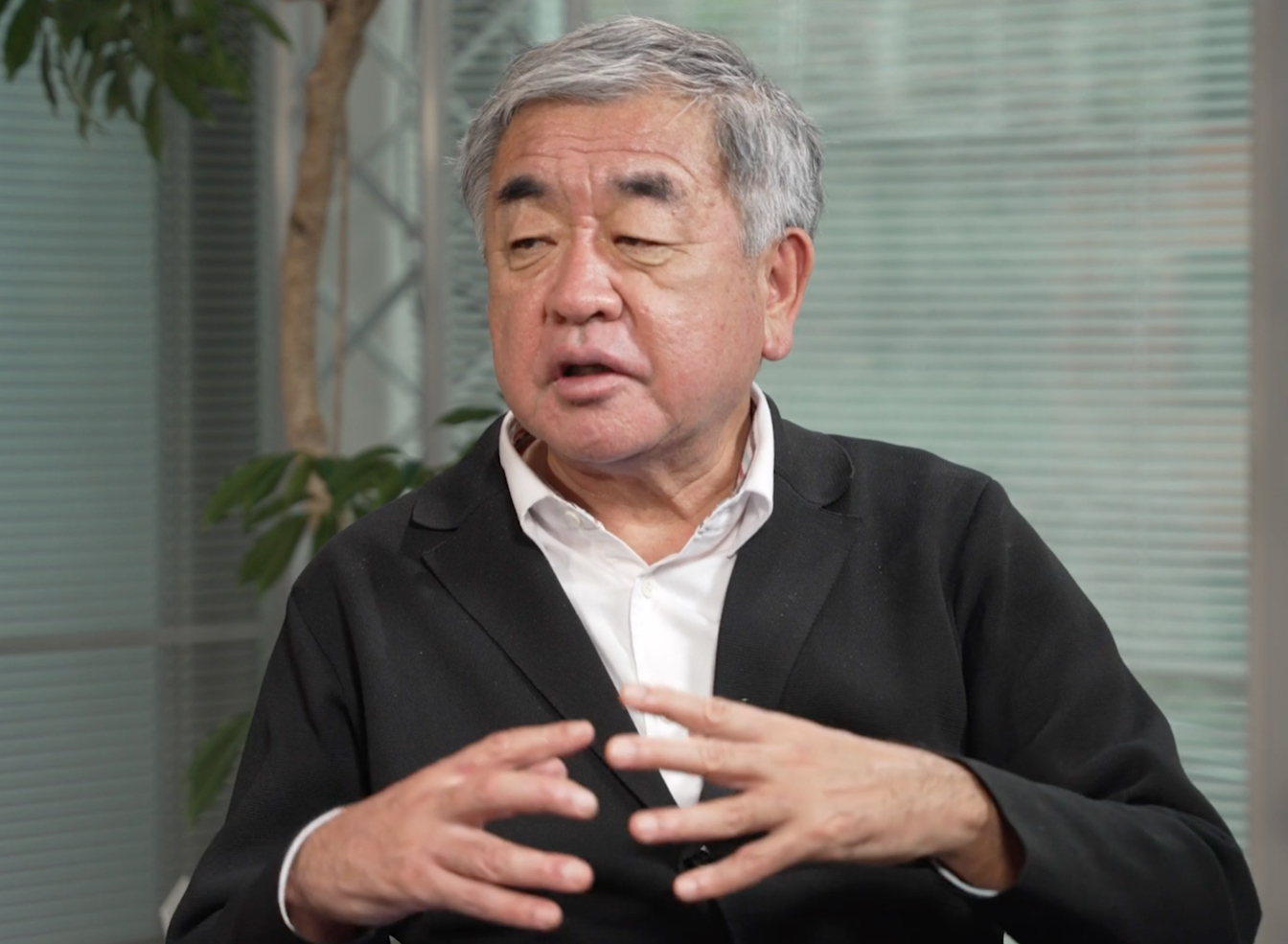
“Appealing through the five senses, such as taste and smell, is the depth of Japanese culture," he says. "In a sense, this is different from the United States, which draws in the world in a very visually oriented, Hollywood-like way, but it would be good if we could produce something that creates empathy through the five senses.”
Kuma has been appointed senior advisor to the Fuji Five Lakes Natural Metropolitan Area Forum, a cooperative organization made up of industry, government, academia, labor, society, and private citizens launched last December.
This forum is an effort by Yamanashi Pref. to mark the 10th anniversary of the designation of Mt. Fuji as a World Heritage Site. Its aim is to develop the Fuji Five Lakes region, one of Japan’s leading areas for tourism, into a “natural metropolitan area” for this new age.
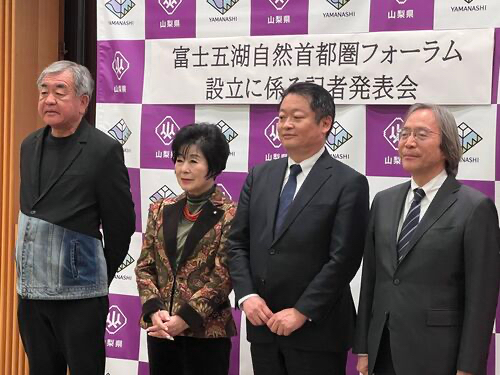
In that context, Kuma says that he is focusing on “water” in order to promote Mt. Fuji and other Japanese tourist areas to the world. That is because the water of Mt. Fuji and surrounding areas is of world-class quality. Water is also a key concept in terms of scenery that is harmony with nature. And not only that, it`s because water is connected to delicious food.
“Human food. Eating is also important. Interesting places like Portland in the United States and Silicon have better food. The power of Mt. Fuji’s water. It would be interesting to create a new style of network focused on food too, rather than just landscape design.”
'Eating will also be important. Interesting places like Portland and Silicon Valley (both in the United States) have good food. The power of Mt. Fuji's water. It would be interesting if we could create a new color network centered on food as well as landscape design."
Translation by Tony McNicol
Top page photo by J-STORIES
For inquiries about this article, please contact jstories@pacficbridge.jp
***
Click here for the Japanese version of the article.

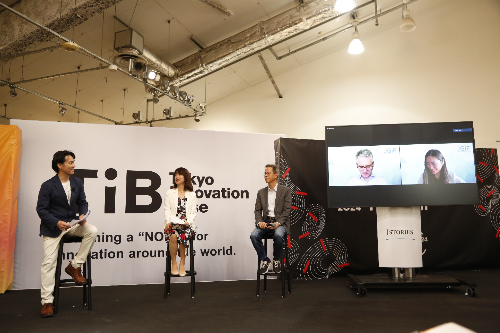

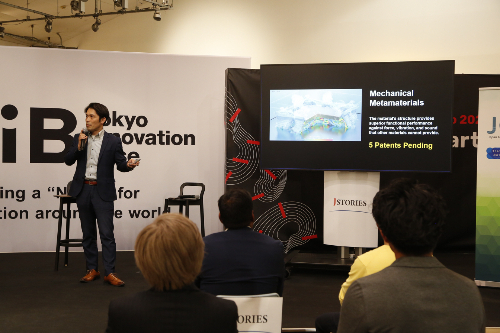
![[Podcast] Japanese technology to supercharge human fertility (Part 3)](https://storage.googleapis.com/jstories-cms.appspot.com/images/1766558713084place-for-scientific-research-2025-03-07-14-08-49-utc%20(1)_bigthumbnail.jpeg)
![[Interview: Part 2] A digital approach to tackle child hunger in Japan with dignity](https://storage.googleapis.com/jstories-cms.appspot.com/images/1766130666509unnamed_bigthumbnail.jpg)
![[Podcast] Japanese technology to supercharge human fertility (Part 2)](https://storage.googleapis.com/jstories-cms.appspot.com/images/1765863548035unnamed-7_bigthumbnail.jpg)
![[Podcast] Japanese technology to supercharge human fertility (Part 1)](https://storage.googleapis.com/jstories-cms.appspot.com/images/1765440905082unnamed_bigthumbnail.jpg)
_bigthumbnail.jpeg)





![[Interview] When digital and physical worlds meet](https://storage.googleapis.com/jstories-cms.appspot.com/images/1747974430456unnamed-2_smallthumbnail.png)
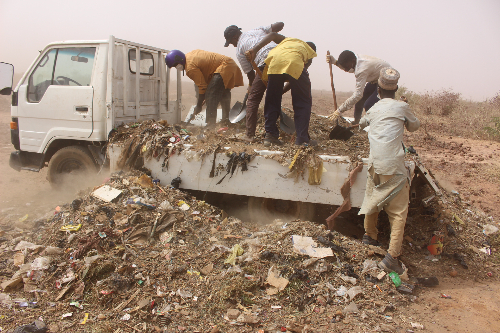



_smallthumbnail.jpeg)

![[Interview: Part 1] From nourishing souls to feeding the hungry](https://storage.googleapis.com/jstories-cms.appspot.com/images/1763695595492unnamed_smallthumbnail.jpg)

